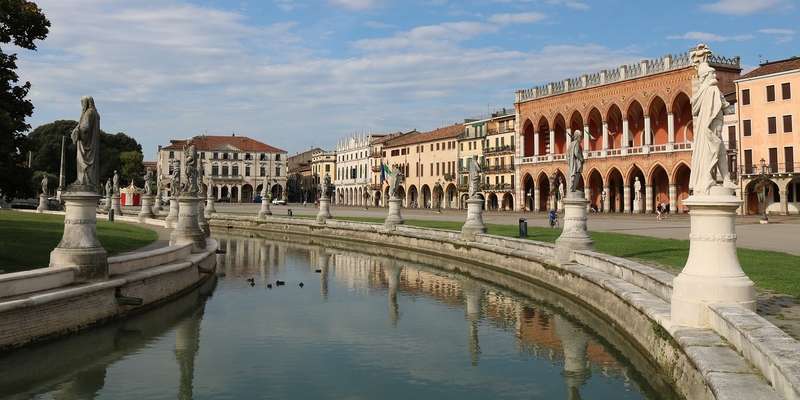- Home
- Useful Tips
- Photographing Padua's...
Padua's Renaissance masterpieces attract over 1.5 million visitors annually, turning architectural gems like the Scrovegni Chapel into crowded hubs where tripods are banned and hurried snapshots replace thoughtful compositions. For photographers, this creates a frustrating paradox – how to properly document Giotto's revolutionary frescoes or the Palazzo della Ragione's magnificent hall when selfie sticks and tour groups dominate prime shooting angles. Morning light bathes these landmarks in golden hues precisely when most travelers are still at breakfast, leaving those who sleep in with harsh midday shadows and obstructive crowds. Local custodians know every overlooked vantage point and quiet hour, knowledge that transforms chaotic visits into meditative artistic sessions.


Why conventional guidebooks fail photographers in Padua
Mainstream travel resources rarely address the specific needs of architectural photographers visiting Padua. They'll direct you to must-see sites like the Basilica of Saint Anthony but omit crucial details about the basilica's 1pm closure for midday prayers – a golden hour when the interior becomes crowd-free. Most recommend visiting the Scrovegni Chapel during standard opening hours, unaware that the 7:45am Wednesday slot (before school groups arrive) offers rare solitude. These oversights force photographers into frustrating scenarios: arriving at the University of Padua's historic courtyard to find graduation ceremonies blocking their shots or discovering last-minute restrictions on professional gear at the Baptistery. Local preservation laws change frequently too; what was tripod-friendly last season may now require special permits best arranged through niche photography tours.
Hidden angles even locals forget about
The secret to crowd-free Padua photography lies in spatial awareness and micro-timing. At Piazza delle Erbe, most photographers jostle for frontal shots of the Palazzo della Ragione, missing the perfect side-angle available from the adjacent fruit market's upper loggia at 8:30am when vendors are setting up. The Orto Botanico's geometric medicinal gardens appear ordinary until you lie flat beneath their spiral staircases, capturing unique upward perspectives unseen by standing visitors. Few realize Padua's network of covered walkways – like those near the Cathedral – create natural light diffusers during harsh midday sun. For Giotto's frescoes, position yourself in the Scrovegni Chapel's left rear corner during the mandatory 15-minute acclimatization period; this unconventional spot eliminates glare from the protective glass better than head-on positions.
Equipment strategies for sacred spaces
Padua's most photogenic interiors come with strict limitations that demand creative workarounds. The Basilica del Santo prohibits tripods but permits compact travel monopods if discreetly used during low-traffic periods (try Tuesday mornings). High ISO capabilities prove essential in dimly lit chapels like the Scoletta del Santo, where caretakers tolerate silent mirrorless cameras but frown upon DSLR shutters. For the Baptistery's dazzling ceiling frescoes, a fast 24mm prime lens outperforms zooms in the tight circular space. Local photographers swear by circular polarizers to cut glare from polished marble floors in the Palazzo Bo's anatomical theater. Those wanting to recreate the soft glow of Renaissance oil paintings should pack a black mist filter – it tames the Scrovegni Chapel's modern LED lighting that often washes out fresco details in raw shots.
Timing your visit like a Paduan art student
University academic rhythms create predictable lulls at Padua's architectural treasures. Mid-October through November sees student groups diverted by exams, leaving sites like the ancient Anatomy Theater unusually quiet on weekday afternoons. Winter offers the clearest air for exterior shots of Prato della Valle's statues, with January fog creating ethereal backdrops before the 9am tourist arrivals. Savvy photographers time their visits to coincide with local patron saint days (June 13th for Anthony) when residents are at processions and landmarks sit empty. The magical blue hour between 4:30-5:15pm in December illuminates Christmas markets perfectly while most visitors are enjoying early aperitivos. For those willing to brave the cold, February mornings provide snow-dusted loggias and reflections in rain-slicked cobblestones – all without summer's oppressive humidity that fogs lenses.



